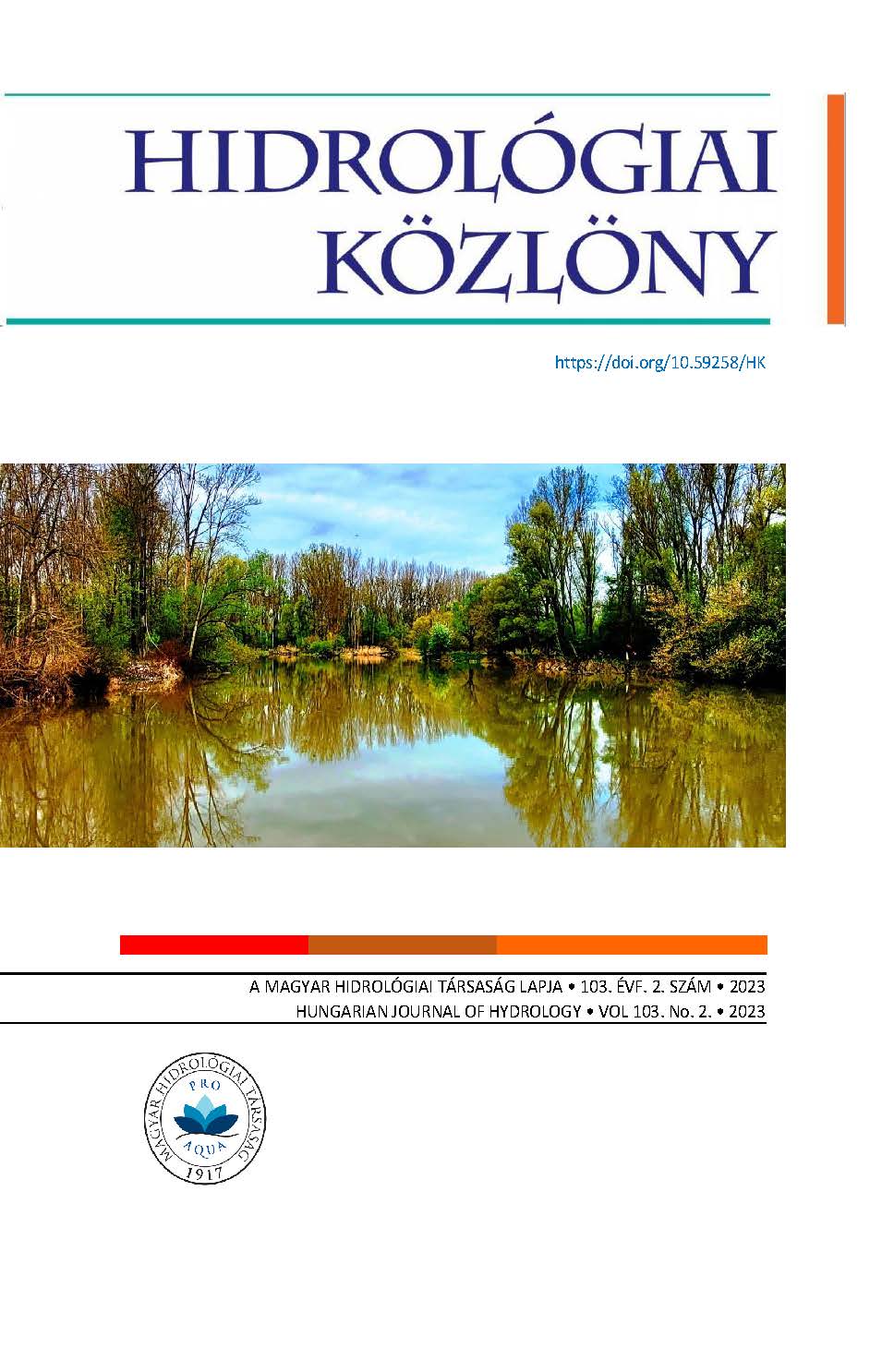Limits of paleolimnological methods in shallow standing waters
Abstract
Drought periods are increasing worldwide, and the water levels of our standing waters have dropped significantly. In the case of paleolimnological studies, the sediment of standing waters is examined to analyse the processes and environmental impacts that took place in the past. In paleolimnological research, when examining the remains of organisms preserved in sediments, including Cladocera remains, we tend to sample the sediment from the deepest parts of lakes where remains of organisms from the whole waterbody accumulate. Since in our country mainly shallow water bodies occur, the aim of our study was to investigate if it would be more appropriate to select more sampling points in shallow water bodies. Six water bodies were selected for sampling and three samples were taken from each water body, with the sampling sites located at least 75-100 meters apart. The habitats in the water bodies were similar. The results showed that sampling sites separated even by one hundred metres can differ significantly in number of individuals and species of Cladoceran remains.
Copyright (c) 2023 Jázmin Jakab, Andrea Clara Böjthe, Andor Gergő Soltész, János Korponai, István Gyulai

This work is licensed under a Creative Commons Attribution-NonCommercial-ShareAlike 4.0 International License.




